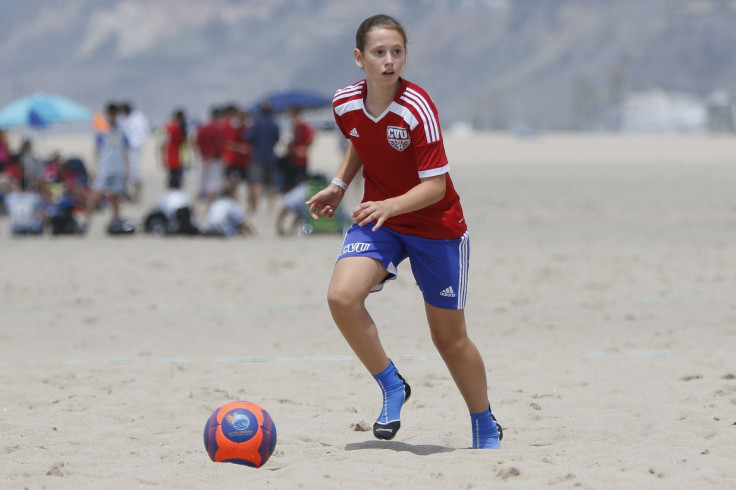Girls Are Receiving Specialty Care For Sports-Related Concussions Six Days Later Than Boys
Female athletes are taking longer to seek special treatment for sports-related concussions (SRC) compared to male athletes. This delay is causing them to experience prolonged recovery periods and more symptoms, researchers from the Sports Medicine Program at Children's Hospital of Philadelphia (CHOP) found after analyzing the electronic health records of participants aged 7 to 18.
The study highlights certain issues regarding youth and high school sports: Are these girls receiving equal medical and athletic support? What is causing delayed identification of concussion in female athletes?
"There is speculation in the scientific community that the reasons adolescent female athletes might suffer more symptoms and prolonged recoveries than their male counterparts include weaker neck musculature and hormonal differences," says senior author Christina Master, MD, a pediatric and adolescent primary care sports medicine specialist and Senior Fellow at CHOP's Center for Injury Research and Prevention. "We now see that delayed presentation to specialty care for concussion is associated with prolonged recovery, and that is something we can potentially address."
The team determined the median number of days taken for girls with SRC to present to specialist care as 15, while boys took 9. This delay is of significance as presentation to specialized care greater than one week is associated with prolonged recovery.

The outcomes of this delay were measured in terms of days taken to return to pre-injury function and their averages determined. Females returned to school later (4 vs. 3 days), returned to exercise later (13 vs. 7 days), had neurocognitive recovery later (68 vs. 40 days), had later vision and vestibular (balance) recovery (77 vs. 34 days) and returned to full sport far later (119 vs. 45 days).
Remarkably, there was no difference in outcome for boys or girls when presentation to specialty care was within the first seven days of the injury.
"It is possible that the lack of athletic training coverage at the time of injury may affect the time to concussion recognition during the first critical hours and days after injury," says Dr. Master. "This period is a window of opportunity where specific clinical management, such as immediate removal from play, activity modification and sub-symptom threshold exercise is correlated with more rapid recovery."
Those who study concussions in children have been investigating why some take longer to resolve than others so they can identify those concussions early and implement appropriate concussion management plans to, hopefully, prevent persistent post-concussion symptoms. This study builds on that knowledge and suggests a tangible cause and solution: close the gap in athletic training and medical coverage between female and male sports.
© Copyright IBTimes 2025. All rights reserved.





















